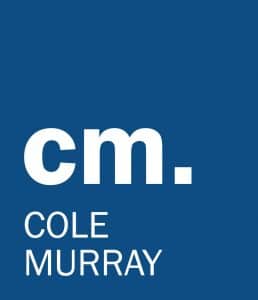Are you one of about 715,000 New Zealanders still in a KiwiSaver default fund? If you don’t recall ever making an active choice of fund since your employer enrolled you in the scheme, the answer is likely to be yes. And here’s why you may need to do something about it.
Low risk, low returns
Ever since KiwiSaver was launched, “default” funds have been designed to be temporary, conservative holding funds where KiwiSaver members could put their hard-earned savings before making an active choice – this time based on their actual risk profile and goals.
But while default funds were never supposed to be a long-term solution, it’s estimated that 15 per cent of members “set and forget” their KiwiSaver account, possibly missing out on years of potentially higher returns.
The issue with default funds is that they are low-risk, low-return options which – depending on your own attitude to risk and your goals – may not suit your unique circumstances, or deliver the returns you expect.
So, how do you know if you are in a default fund?
- Did you join KiwiSaver by default?
- Have you switched your investment fund since then?
If you answered “no” to the latter question or you are simply not sure, you might be in a default fund.
Here are some ways to find out:
- You may know who your provider is (for example, you have received emails or post communications from them over the years) – you can call them and ask if you are in a default fund;
- If you don’t know who your provider is, you can phone 0800 KIWISAVER with your IRD number at hand and ask them to retrieve that information for you;
- You can contact our friendly team at Cole Murray – we’ll be happy to help.
Does “default” always equal “bad”?
Absolutely not: being in a default fund is not necessarily a bad choice – provided it is a choice. In all other cases, depending on what level of risk you are comfortable with, what your goals are and how close you are to accessing your savings, a default fund may not be the right investment option for you.
What else is there?
Generally speaking, there are five types of KiwiSaver funds: defensive, conservative (like the “default” type), balanced, growth, and aggressive. The difference lies in what these funds usually invest in and their overall level of risk.
The higher the risk, the bigger the potential gains – but also the “swings” you’ll need to be comfortable with along the way.
Again, as a general rule of thumb, the conservative/default funds tend to deliver lower returns than their more “aggressive” counterparts.
Just to give you a couple of practical examples, in 2018 the weighted average return since-inception for the “aggressive” category was +8.9% per annum, and the average return over the previous three years was +7.4%. Also in 2018, the top “default” fund generated from-inception average returns of 4.6% per annum – and returns for these funds were even showing further signs of retreat…
The bottom line?
According to an open letter that a group of advisers sent to the Financial Markets Authority in 2018:
Over 400,000 KiwiSaver members who have invested in default funds have missed out on an estimated $1 billion in returns between 2012 and 2018.
KiwiSaver is a long-term strategy
It’s always important to understand that you’re in KiwiSaver for the long-haul. Risk can mean opportunity, but you’ll need to assess your fund’s performance over a reasonable amount of time. And importantly, you’ll need confidence in your long-term strategy. Which brings us to the next point.
Get in touch: we can help you find the right risk option
Understanding your risk profile and finding the right KiwiSaver for your circumstances can be challenging. However, if you’d like to be on track for a comfortable retirement, or perhaps you are planning to use part of your KiwiSaver money to buy your first home, choosing a risk option that’s right for you is crucial.
This is where our team at Cole Murray can assist. One of our experienced advisers will help you complete your risk profile and find the right approach to get most out of KiwiSaver.




